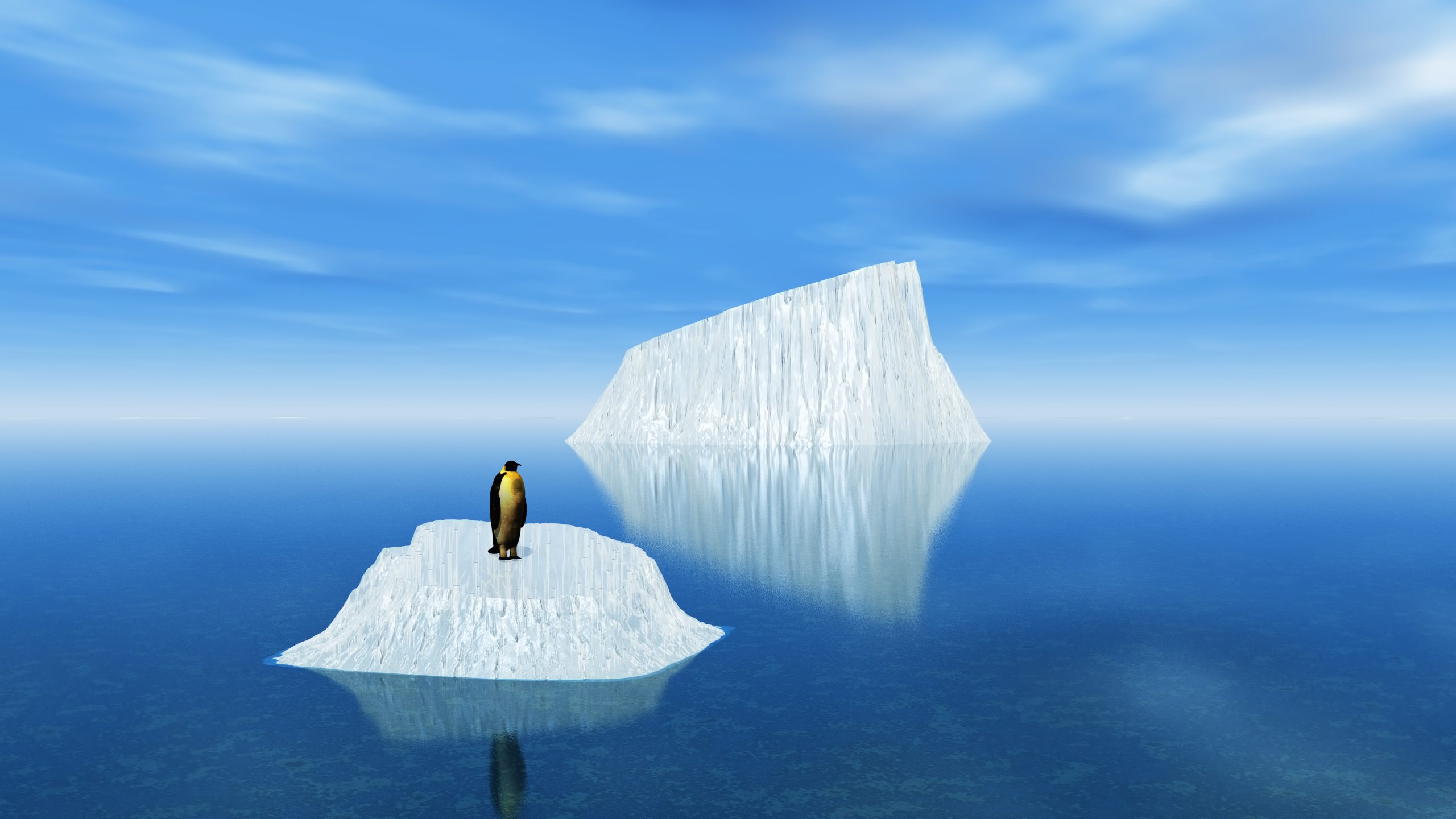Have you ever thought about how changes in ocean currents can impact the polar climate? The intricate interplay of various factors shapes the extreme conditions of the polar regions. From the mysterious influence of atmospheric circulation patterns to the dynamic feedback loops between ice cover and temperature, the polar climate is a complex web of interactions waiting to be unraveled. Discover the key drivers behind the polar climate’s variability and the far-reaching implications it holds for our planet’s future.
Impact of Climate Change on Polar Regions
How significantly has climate change impacted the polar regions, leading to rapid warming and extensive physical transformations in the Arctic and Antarctic areas? The declining ice in both the Arctic and Antarctic regions is a clear indicator of the profound impact of climate change. Warming oceans have accelerated the loss of sea ice, disrupting ecosystems and habitats of iconic polar species like polar bears, seals, and penguins. This loss of sea ice not only affects wildlife but also contributes to sea level rise as the reflective properties of ice are replaced by darker ocean surfaces, leading to increased heat absorption. Furthermore, the warming oceans have been linked to the occurrence of extreme weather events in these regions, signifying the interconnectedness of climate change impacts. Understanding the implications of declining ice, ecosystem disruptions, warming oceans, sea level rise, and extreme weather events is crucial in comprehending the complex web of changes occurring in the polar regions due to climate change.
Specific Changes in the Arctic
The Arctic region has undergone significant changes in recent years, particularly in relation to its surface temperatures and sea ice coverage. Arctic sea ice is declining at almost 13% per decade, leading to the lowest recorded minimum in 2012 at 1.32 million square miles. This decline is accompanied by rapid warming of Arctic Ocean surface temperatures, indicative of the warming trend in the region. The Greenland Ice Sheet has lost over 5,000 gigatons of ice in four decades, with potential global sea level rise implications if complete melting occurs. Glacial retreat and permafrost thaw are exacerbating these changes, impacting the Arctic ecosystem significantly. The loss of sea ice not only affects habitat availability for polar bears and seals but also disrupts the food chain, impacting marine organisms. These interconnected changes in the Arctic highlight the complex web of consequences resulting from ongoing climate shifts.
Specific Changes in Antarctica
Antarctica, in contrast to the Arctic region, exhibits specific changes driven by distinct environmental factors, particularly in relation to its ice dynamics and the impacts on its unique ecosystems.
- Antarctic ice loss: Long-term changes in the Southern Ocean are contributing to the loss of ice mass in Antarctica.
- Southern Ocean changes: The Southern Ocean plays a crucial role in absorbing human-made carbon and heat, influencing global ocean ecosystems.
- West Antarctic Peninsula: This region is experiencing rapid warming, impacting iconic Antarctic animals.
- Antarctic animals: Species like seals and polar bears are losing habitats due to the decline in sea ice cover.
- Ice shelf melting: Warm ocean currents are causing the melting of Antarctic ice shelves, such as the Ross Ice Shelf.
These changes in Antarctica highlight the vulnerability of the region to climate change, emphasizing the urgent need for comprehensive monitoring and research efforts to understand and mitigate the impacts on this critical ecosystem.
Research and Monitoring in Polar Regions
Research and monitoring efforts in polar regions play a vital role in understanding the impacts of climate change on these critical ecosystems. Satellite monitoring, such as the use of ICESat and ICESat-2, provides crucial data for large-scale monitoring in polar regions. Employing permanent and mobile GPS sensors allows for tracking changes in polar surfaces with precision. Ocean floats, like those in the Argo network, are instrumental in monitoring shifts in polar ocean conditions. Field research conducted by scientists in polar regions offers invaluable insights into the changes occurring in glaciers, ice shelves, and ice cores, contributing to a comprehensive understanding of the evolving polar climate. These combined efforts help researchers grasp the intricate relationships within marine ecosystems, enabling the identification of trends and potential impacts of climate change on polar biodiversity. Such comprehensive research and monitoring are essential for devising effective conservation and management strategies to protect the fragile polar environments.
Biological Impacts of Polar Climate Change
With polar regions experiencing rapid climate change, the biological impacts on marine ecosystems are becoming increasingly pronounced and significant.
- Impact on ecosystems: The loss of sea ice is disrupting the delicate balance of polar ecosystems, affecting species that rely on ice for breeding, hunting, and resting.
- Wildlife adaptations: Animals like polar bears and seals are being forced to travel longer distances to find food due to melting ice, leading to increased energy expenditure and potential population declines.
- Marine biodiversity: Declining sea ice is altering the distribution of species in polar waters, impacting the diversity and abundance of marine life in these regions.
- Climate resilience: Species in polar regions are facing challenges in adapting to rapidly changing environmental conditions, testing their ability to survive and thrive in a warming world.
These biological shifts highlight the urgent need for conservation efforts and proactive measures to protect the unique and vulnerable wildlife that call the polar regions home.
Polar Climate Characteristics
Polar regions, characterized by extreme cold and low precipitation, exhibit unique climates due to their location around Earth’s North and South Poles. The Earth’s rotation around the sun results in spread-out sunlight in these regions, making them much colder compared to others. This phenomenon, combined with the low precipitation, contributes to the classification of polar regions as deserts. The North Pole region, known as the Arctic, and the South Pole region, Antarctica, showcase these distinct climate features. The extreme cold in polar regions is a direct result of the reduced angle at which sunlight reaches the Earth’s surface, leading to cooler temperatures. These conditions create environments that are crucial for specialized ecosystems and adaptations seen in polar wildlife. Understanding these unique climate characteristics is vital in comprehending the challenges faced by organisms and ecosystems in these extreme environments.
Educational Focus on Climate and Environment
An essential component of the educational curriculum focuses on the intricate relationship between climate and the environment.
- Grade 10 Science delves into Energy Flow in Global Systems, emphasizing Unit D.
- Earth Sciences 11 explores energy transfer in the atmosphere, studying weather patterns and climate change.
- Environmental Science 12 examines human impact on global climate, focusing on changes in the global climate system due to human actions.
- Seasonal Changes and adaptations in polar regions are studied, understanding how Earth’s axis tilt causes shifts in sunlight exposure.
Educational programs like Grade 10 Science, Earth Sciences 11, and Environmental Science 12 play a crucial role in shaping students’ understanding of climate change and its impact on the environment. By emphasizing topics such as seasonal changes, landforms, and climate, students gain a comprehensive insight into the interconnectedness of Earth’s systems and the significant role humans play in influencing global climate patterns. Such focused education equips individuals with the knowledge and tools necessary to address environmental challenges and work towards a sustainable future.


